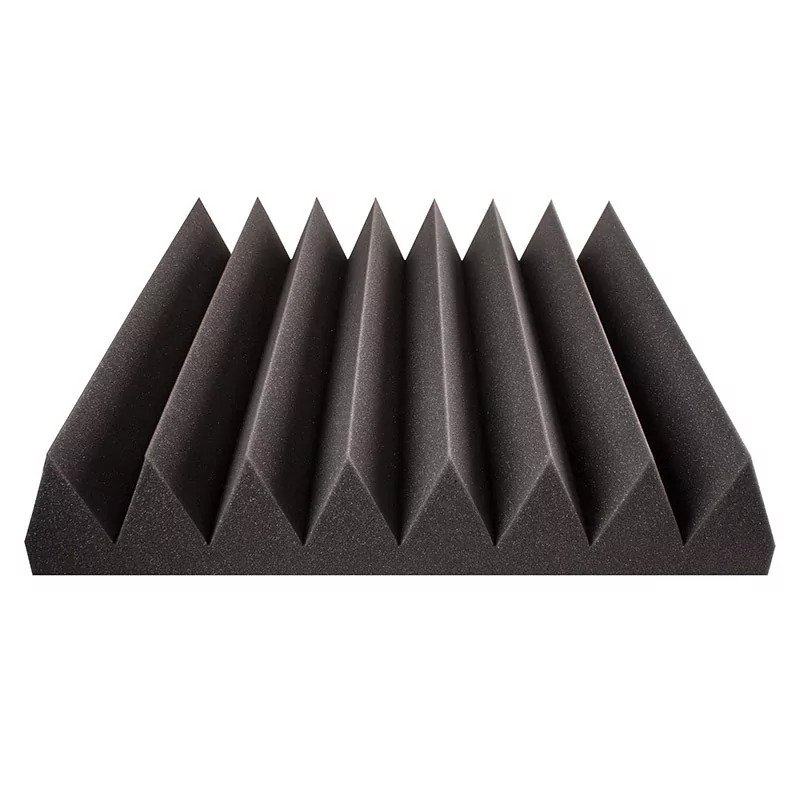Are your customers getting hot under the collar about rising energy costs? If so,Do ceiling fans really cut energy costs? by Capitol Lighting Articles suggest they buy a ceiling fan.
Although ceiling fans do use electricity to operate, experts say the amount of money homeowners can save on air conditioning with a fan greatly outweighs the cost of running the fan itself.
“Ceiling fans provide year-round comfort and efficiency,” says Barb Wright, a ceiling fan product manager at Westinghouse Lighting.

Wright says the cost of operating a ceiling fan varies based on how often they’re turned on and how much the electric company charges, but on average, she says a standard ceiling fan costs less to operate than an incandescent light bulb.
Experts say ceiling fans reduce energy in two ways.
First, fans circulate the air in the room, preventing hot air from accumulating at the ceiling.
“A ceiling fan helps equalize the temperature throughout the room, so your air conditioner doesn’t have to work as hard to keep the room cool,” says Scot Wetmore, marketing director at Dan’s Fan City, a ceiling fan retailer with more than 50 stores in the United States.
When people are in the room, Wetmore says ceiling fans have the added benefit of making people feel cooler.
“Ceiling fans cool by evaporation, like a wind chill factor,” he says, adding that fans will make it feel like it’s about 6 degrees cooler in your home than it actually is, allowing you to set your thermostat 6 degrees higher. According to the Progress Energy, an energy company that services North and South Carolina and Florida, homeowners can save 7 to 10 percent of their cooling costs for each degree above 78.
And ceiling fans don’t just save money in the summer, either. Ceiling fans run counterclockwise in the summer, but ceiling fan manufacturers often include reverse switches on the ceiling fans, and by having the fan run clockwise in the winter, homeowners can reduce your heating bills, too.
“[Changing the direction of the fan] makes Panneaux de mousse acoustique the air column go up toward the ceiling, and what it does is it drives air currents up on the ceiling to the wall and down the wall, and that helps redistribute heat from the ceiling. So it helps lower your heating bills by re-circulating the heat,” Wetmore explains.
If a ceiling fan also includes a light fixture, Wright says customers can maximize their energy savings by replacing the incandescent bulbs with compact fluorescent bulbs.
Wright says homeowners should also consider buying Energy Star-rated ceiling fans. “They are about 50 percent more efficient than conventional fan/light units with an estimated energy savings of $15 to $20 per year,” Wright says.
According to the Environmental Protection Agency’s Energy Star Web site, Energy Star-rated ceiling fans move air up to 20 percent more efficiently than conventional models due to advanced blade and motor design, and Energy Star-rated ceiling fans that have light fixtures are about 50 percent more efficient than kits with regular lights, and they produce about 75 percent less heat.
Several ceiling fan manufacturers make ceiling fans that meet the government’s Energy Star requirements, including Casablanca, Kichler, Minka Aire and Savoy House.
